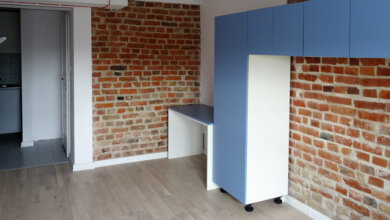

What is supportive housing ?
Due to their difficult life experiences, young adults from foster care require a comprehensive support before their social reintegration is completed and they become fully autonomous. The last stage of them becoming autonomous should consist of living in supportive housing where:
- they do not live in shared rooms any more (like in foster care centers) but they occupy small independent apartments for which they are fully responsible, for example they need to clean them by themselves;
- they need to pay for their apartments but those costs are not too burdensome: the residents usually cover only the costs of utilities and administrative charges;
- they are not left completely alone because they are supported by tutors who visit them on a regular basis or live next door.
The stay in supportive housing is temporary and usually lasts maximum 2 years. The length of the stay depends on the individual situation of a resident: if the resident continues education then more time is needed before they achieve autonomy and become ready to move out of supportive housing.
Why is supportive housing needed?
In the current system of social welfare assistance, there is a gap between the moment when young people have to leave foster care at the age of 18 and the moment when they get allocated a municipal apartment or start earning enough to afford an apartment from the commercial market. They sometimes have to wait several years until they can move into a municipal apartment and the financial support from the state is not sufficient for renting even the cheapest apartment from the commercial market (they get a stipend only if they continue education but it is very small, amounting to around 500 PLN = 150 EUR a month). As a result, foster alumni struggle to find housing and it often happens that they move from foster care to homeless shelters.
The scale of the problem is significant as 27 thousand young people currently live in children’s homes and foster care centers in Poland. If they are not helped to find affordable housing and – more importantly – if they are not provided with a more comprehensive support (so they can complete their education or therapy), there is a risk that about 90% of them will return to dysfunctional environments.

